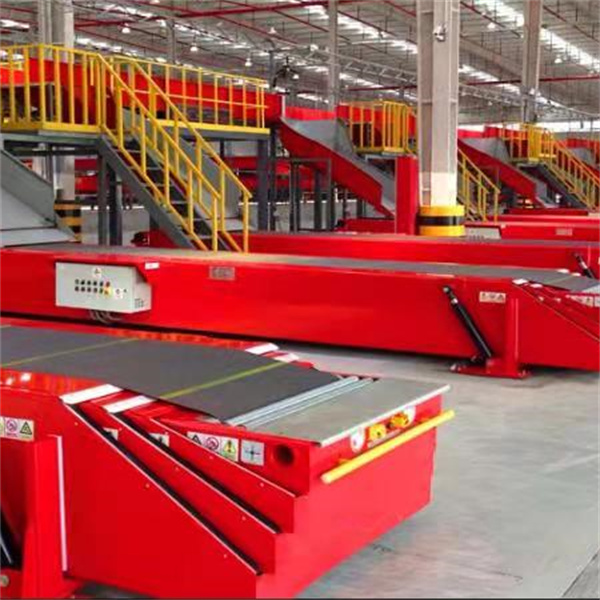1. Measuring range: Frequency: 10 ~ 300Hz
Amplitude: 0 to 200um 0 to 500um 0 to 800um (peak to peak)
Intensity: 0 ~ 20mm / s 0 ~ 25mm / s 0 ~ 50mm / s (true RMS)
2. Measurement accuracy: ±0.5, linear error ≤1%FS
3. Measurement method: vertical or horizontal
4. Output signal: current output: 4 ~ 20mA (load ≤ 1KΩ)
5. Ambient temperature: -10 ~ 65 ° C (relative humidity ≤ 85%)
6. Power supply voltage: DC24V (power consumption ≤ 3W)
7. Dimensions: 35 × 75 (mm)
8. Fixed screw hole: M10×1.5×10mm
ST-2G vibration sensor sensitivity 20-50mv/mms
Second, the basic principles
The basic principle of the CD-21 series speed sensor is based on an inertial mass (coil assembly) and a housing in which a magnet is fixed. When the inertial mass is suspended from the housing by the elastic element, the sensor housing is fixed to the vibrating body. Above, this
SG-2 Vibration Speed ​​Sensor The vibration speed sensor is usually used to measure the vibration of the bearing and, in a few cases, to measure the vibration of the shaft. When measuring the vibration speed, if the sensor is installed incorrectly or the installation is not strong, the measurement result may be distorted or the sensor may be damaged due to vibration. Therefore, we must carefully choose the installation method of the vibration speed sensor. The vibration sensor is used together with the vibration monitor to achieve continuous long-term monitoring and is suitable for measurement of mechanical vibrations such as steam turbines, fans, pumps, and coal mills. The working principle is based on a primary component that converts mechanical energy into electrical energy. It is fixed on the bracket by two coils, and a piece of magnetic steel is connected to the casing through the piece, and the magnetic steel moves in the line. The magnetic lines of force are cut, thus generating an induced electromotive force. The voltage is proportional to the speed of the casing, which is called the vibration speed sensor. The vibration sensor produced by Zhengzhou Hangke has small volume, good sealing and long service life. Due to the double coil structure, it can superimpose the effective signals, and the interference signal attenuation effectively improves the anti-interference ability.
SD-8 magnetoelectric vibration speed sensor
Integrated vibration and temperature transmitter KL-ZDW86-60-A
Integrated vibration and temperature transmitter KL-ZDW86-40-A
HZD-L-A2-B2-C2-D2-E2 vibration intensity monitoring and protection device
TRA-2X intelligent travel monitoring and protection device
01/SZMZ—01/SZMZ—02/S16/SMS-12/16/E12-E12S-E58A-E58S/D12-D12P/F12A-F12S-F58A-F58S/Y12AD/DSD/DSF/DSE/DSH/km115- 1/km115-2/km115-3/km115-4/Magnetic speed sensor TD-02/TD-03/HK-16/CM16/S16/HB2032/SC12-20K/GVS/SGZP-K1/KGSS gear speed Sensor DZC-02/DZC-02A/37506A/HZQS-02A/HZQW-03A/HZC-12 tachometer DM504/HY-ZS3/SZC-04F1/WZ-7A/IC-3A positive and negative speed detection monitoring protection table HY- ZS3F/RTB-S/CS-3F positive and negative speed sensor
Vibration monitoring and protection device HZD-D/S-2
Belt conveyors are the main transportation equipment for coal preparation plants and mines. Common belt conveyors include general-purpose belt conveyors, patterned belt conveyors and wire rope belt conveyors. According to the installation characteristics, it can be divided into fixed belt conveyor and movable belt conveyor. Coal preparation plants and mines mainly use fixed belt conveyors.
Large conveying capacity and low power consumption. When the belt conveyor is working, there is no relative movement between the conveyor belt and the material, so that it will not cause large wear and tear due to the increase of the transportation speed. Since there is no friction with the material, its power consumption is small.
The conveying distance is large and easy to arrange. The conveyor belt is a flexible member, which has the characteristics of strong adaptability to the transportation slope, and is easy to be arranged in a curved shape. It is easy to arrange the loading and discharging of the belt conveyor when the working site is uneven. The loading and discharging interface can be set at any position.
Working principle of belt conveyor
Belt conveyor is a continuous conveying equipment with flexible tape as material carrier and traction. According to the principle of friction, it is carried away by movement. The drive roller drives the tape to transport the material to the required place. The tape goes around the active roller at the head and the reversing roller at the tail to form a stepless link belt. Give the tape the tension required for proper operation. When working, the active roller drives the tape to run through the friction between it and the tape, and the material moves together with the tape on the tape. The belt conveyor produced by Kunwei Machinery generally uses the upper belt to transport the material, and the special discharge device at the end is used to discharge the material at any position.

Belt Conveyor,Conveyor Belt System,Conveyor Belt,Industrial Belt Driven Conveyors
DMT Machineries (Suzhou) Ltd , https://www.dmtsz.com
![<?echo $_SERVER['SERVER_NAME'];?>](/template/twentyseventeen/skin/images/header.jpg)